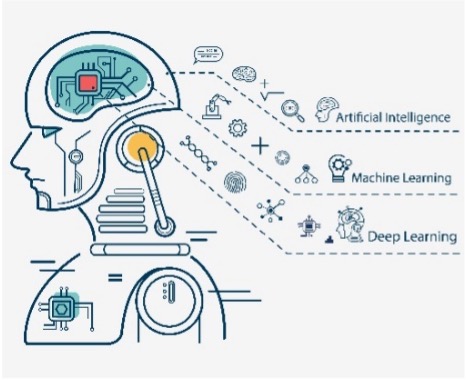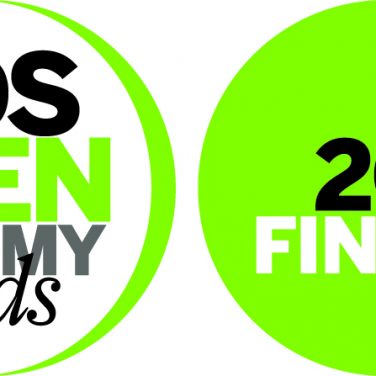Failures in underground LV cables are difficult to predict with current technologies – and the outages they cause fall foul of OFGEM service obligations. They account for 23% of LV fault incidents, 52% of LV fault costs and a disproportionate number of Customer Minutes Lost (CMLs).
DNOs have told Lucy Electric they urgently need failure prediction solutions for LV cables. It’s a major gap in operators’ armoury of condition-based asset management tools – because the first sign of problems in LV cables is usually repeated fuse failures and costly outages.
Applying Artificial Intelligence (AI) to the LV cable problem has been impossible until now – because AI relies on the collection and analysis of masses of data. And nobody has yet collected sufficient data on LV cable health and how faults develop in them.
AI IN THE REAL WORLD
All that is about to change, with a breakthrough technology from Lucy Electric called SYNAPS (Synchronous Analysis and Protection System), which is expected to power the launch of a range of commercial failure prediction products, starting with one which is specific to underground LV cables in 2022.
The development of SYNAPS has been funded by Ofgem’s NIA (Network Innovation Allowance) scheme. We have worked in partnership with UKPN (UK Power Networks) and SSEN (Scottish and Southern Electricity Networks) since 2019 to create a self-learning AI application to detect, classify and accurately locate developing faults on LV cables. Product testing has been carried out with the help of the University of Strathclyde’s Power Networks Demonstration Centre (PNDC).
SYNAPS is a hybrid AI technology, based on Lucy Electric’s creation of an entirely new set of data, detailing how cable faults develop and lead to failure. This is coupled with a new AI algorithm and deep machine learning, so its functionality and accuracy will continue to improve in service.
IT’S ALL ABOUT DATA
To overcome the problem of lack of data, we have been gathering real world information continuously on underground LV faults from SSEN’s networks. At the same time, we have developed a software-based LV cable network simulator to generate more data. Simulated faults are compared with real faults to improve accuracy.
To overcome the problem of working with cables with varying specifications, ages and repair histories, we have developed an innovative calibration instrument. This assesses the physical properties of specific live cables by measuring waveforms. And because different cable fault events have particular waveform signatures and frequency patterns, we can accurately identify the location and type of faults present e.g. phase-to-phase, phase-to-ground, water ingress, insulation breakdown etc.
The combination of data gathering, deep machine learning and our self-learning AI algorithm mean that, as more waveform measurements are collected, the more the system learns. The location and classification of faults gain in accuracy, making it increasingly possible to identify the probability of individual cables failing.
The SYNAPS solution will be launched as a plug-and-play unit for failure prediction in underground LV cables, to be fitted in secondary substations.
SYNAPS’ unprecedented ability to predict and avoid LV cable failures clearly has value for improving customer service, averting outages, meeting RIIO obligations and avoiding penalties. It also has value as an asset management strategy tool, to for prioritising repairs and replacements
THE AI FUTURE
The application of SYNAPS technology to underground LV cables is just the start. The ability to generate data on asset faults and condition, where little or none currently exists, is a breakthrough in itself. The ability to build on it with AI, machine learning and self-learning algorithms, unlocks even more potential for grid operators.
The lessons learned with LV cables can equally be applied to other power engineering challenges and classes of asset across the transmission and distribution sectors. Far from being buzzwords, AI and machine learning are very much part of the grid’s real world future.


